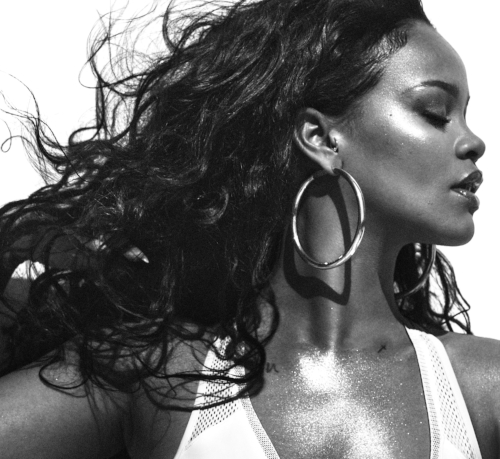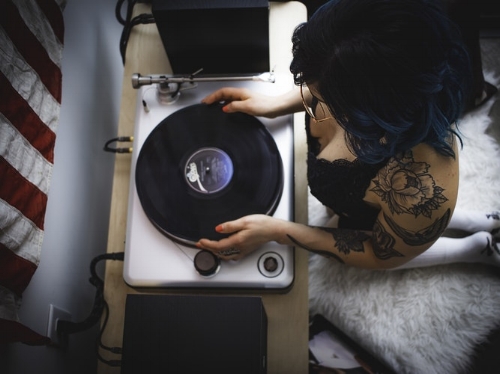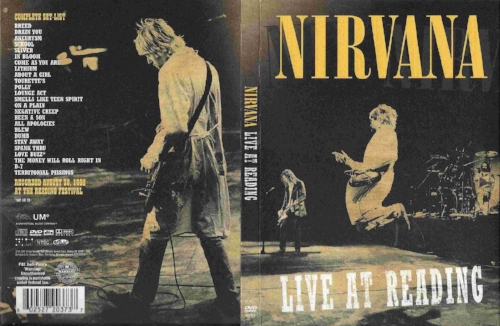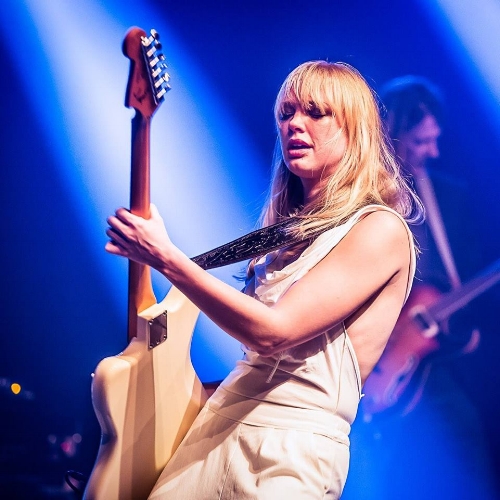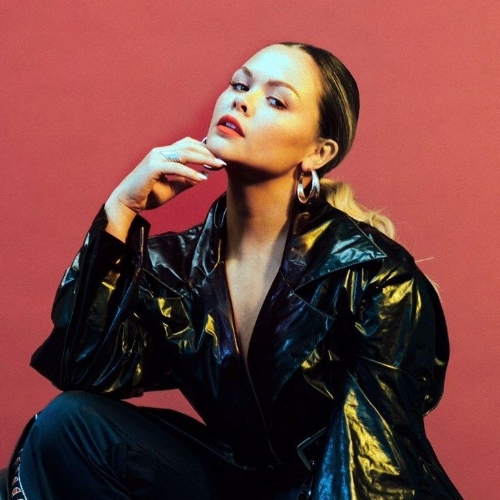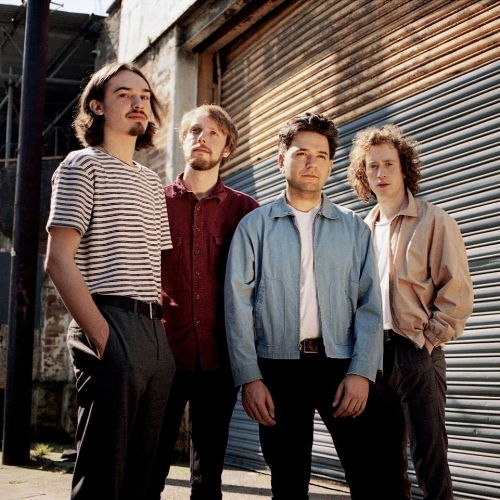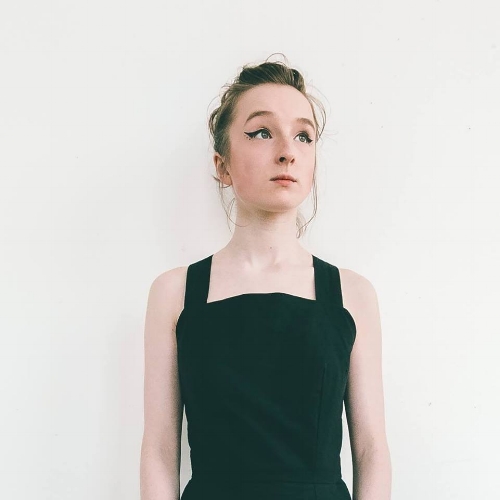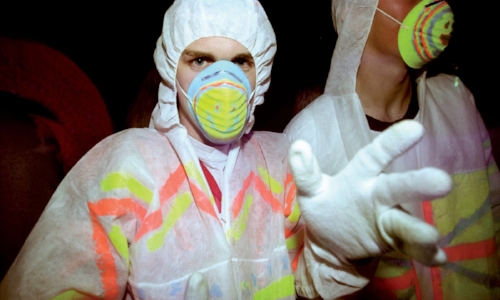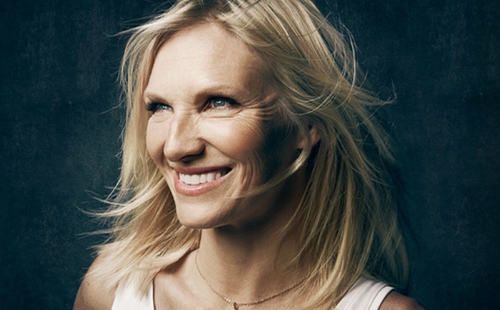FEATURE:
A Cherry Kiss in Brooklyn: The New Rock and Roll
IN THIS PHOTO: Dua Lipa on Reading's Main Stage/PHOTO CREDIT: Corinne Cumming, Frances Beach for DORK
Is the Nature of the Headline Artist Changing?
__________
I did have a pop at Reading and Leeds Festivals…
IN THIS PHOTO: Muse (often the go-to when it comes to a festival headliner)/PHOTO CREDIT: Muse/Getty Images
exclaiming the lack of exciting bands topping the bills this year. Whilst I am impressed there were some decent bands adding some fire to the mix – Shame was among them – there were a lot of others who had been around for years and were, to be fair, past their premium! I know there are some great bands around but, until they are ‘ready’ to step up to the big stages; do we need to book the years/decades-old bands who are rehashing their career-best and not providing anything new or relevant?! I can see some good and powerful groups coming through but it might be a few years before we have a lot of them ready for headlining slots; perhaps the scene is changing and we are gravitating towards solo acts. I know solo artists have headlined festivals before but, traditionally, it has been the bands headlining the big festivals. I got a bit miffed when Foo Fighters were asked to headline Glastonbury last year; a bit bored by previous years where Muse and Coldplay repeated sets we have seen before and offered nothing new. Maybe, then, we should look to the solo artist as the natural and exciting new headline force! Certainty, there is greater choice and variation – the best solo artists can put on an incredible show and project the same amount of passion as a band.
Whilst I still contend the most interesting artists at this year’s Reading and Leeds Festivals were non-headliners (or non-bands); it was a bit disappointing regarding band music. We did not get a lot to write home about and, in fact, solo artists performing at the festivals grabbed the biggest headlines. Dua Lipa, especially, was applauded for her confident and incredible set. She is a fairly new artist and, with one album under her belt, many might have felt her part in the festivities would have been reduced and unspectacular. I think, in many ways, her performance indicates where festivals are heading. There is still a place for Rock and Alternative acts on the biggest stages but, with relatively few bands producing intense and crowd-uniting music – ones we haven’t seen before – it is the likes of Dua Lipa who are producing the biggest bangs! Even if you are not a fan of her music, you cannot deny her charm, energy and skill when it comes to command a crowd and getting people engaged. She is among the strongest young songwriters out there – Sigrid, too, who played Reading and Leeds, gained a lot of love. If you look at the sort of love Dua Lipa received; you would be forgiven for thinking she was ready to headline Glastonbury. DORK, when assessing her set, said this:
“The forty-five minutes fly by with hit after hit landing true. ‘Be The One’ and ‘Hotter Than Hell’ overflow with jubilance and sparkle, ‘Scared To Be Lonely’ flashes quiet and vulnerable before thrashing through. A final one-two of ‘IDGAF’ and ‘New Rules’ underline this as a moment. In years to come it’ll been heralded as ground-breaking. Right now, Dua will have to make do with ground-shaking as she gets the whole of Reading dancing to her beat”.
NME were complimentary and noted how Pop – with artists like Sigrid, ALMA and Pale Waves – was getting more attendance and feedback than a lot of the bands on the bill. They were full of praise for this year’s Reading and Leeds Festivals' Pop artists – even if some, myself included, were unimpressed by the overall strength and validity of the headliners. One thing we are learning is how the bigger festivals are diversifying in terms of genre. There are fewer solo Rock artists than there is Pop (acts) so I am glad the genre is getting an airing and it not all about bands. Whilst I am a bit wary and worried when it comes to the lack of headline-worthy Rock bands around; I am pleased there are Pop artists capable of producing banging and epic sets. Does that mean, then, that future festivals will replace bands as headliners and go with solo artists? I think there is a definite turn in the tide and, whilst there are headline-ready bands that can fill slots; there are a lot more ready and ripe solo artists. It is not long until Glastonbury announced their headliners for next year and I really hope the same tired and predictable bands are not topping the bill. There have been rumours everyone from Arctic Monkeys and The 1975 could headline and, whilst I am a fan of the former, I feel they are one of those bands who has had their day and, whilst they can produce a great set, is it going to be more memorable than a newer solo artist?
Maybe Dua Lipa is ready to headline Glastonbury but, as she impressed last year, Lorde might also be primed. It seems, in many ways, the female solo artist is shining bright right now. We have Sigrid and Taylor Swift; Kacey Musgraves and Katy Perry are all capable of turning in stunning headline sets. Many might say that is too ‘Pop’ and caters to a certain market. Madonna is another rumoured Glastonbury name and Beyoncé would put together a thrilling set. Paul McCartney, too, would be an excellent choice. Maybe we will see the first Glastonbury in many years where all the headliners are solo artists! I agree bands such as IDLES and Arctic Monkeys could do a great job but one cannot deny solo artists taking more influence and providing a great alternative. Fantastic Pop/R&B artists are starting to stride out; Rap/Hip-Hop talent such as Kendrick Lamar and Cardi B; British newcomers like Jorja Smith are making waves. Nadine Shah, too - who has just been Mercury nominated - would put on an essential and incredible headline set. Once upon a time, these artists would play other stages but it would be bands, for the most part, who would be top of the festival poster. There is that never-ending debate regarding Rock music and whether it still holds sway in the mainstream. I long to see a revival very soon but, as we have been programmed to see the Rock band as the natural headline acts; are we becoming rigid and not opening our minds to other choices?
IN THIS PHOTO: Kendrick Lamar (who played at this year's Reading and Leeds Festivals)/PHOTO CREDIT: Getty Images
It is a faulty assumption to assume a solo artist is weaker and less exciting because there is one of them. Look at the festival headliners over the past few years and they are no more intense and exciting than the great Pop artists coming through: in fact, the more nimble and diverse nature of the genre means a more rounded, nuanced and interesting set can come together. Artists like Dua Lipa rely on energy and hooky songs but there are solo artists who bring pyrotechnics, big sets and production values to add grandeur and drama to their sets. Doors are being kicked down and windows opened. I am all for diversity when it comes to headline acts: so long as the quality is right up there, then we should be welcoming Pop and Hip-Hop onto the main stages. I am not sure whether Glastonbury will embrace the change and do something bold; I doubt Reading and Leeds, next year, will dispense with Rock bands and go with solo artists. What I do know is there are some incredible solo artists who are capable of producing the sort of headline sets bands have been famed for. St. Vincent is one of my favourite modern artists and I feel she is surely reading for a headline Glastonbury slot. She is much more than simple and fun Pop.
Her music has endless innovation and crosses genres; it is a banquet of emotions and, through her career, she has managed to remain essential and unpredictable. She is coming to London on 4th September to perform an intimate show. The stripped-back affair will be interesting to see and will show how she can go from a big and vivacious artist to a more tender and subtle musician. I would place money on St. Vincent being among the headline-worthy for festivals like Glastonbury. In reality, there is so much to choose from in the solo market. Look at the American Hip-Hop and Rap scenes; big artists like Beyoncé and Solange; British artists like Florence + the Machine and great female-led bands such as Pale Waves and Wolf Alice – the latter, especially, are a much more refreshing and appealing alternative to the slew of tired man-bands who headline the big festivals. Maybe this revolution and evolution will take a while to embed but we are already seeing it. Perhaps we are years off seeing true gender equality but when it comes to genre equality; I would say things are changing and the Pop solo artist, especially, is leading the charge. Many might scoff if I suggested Dua Lipa, Beyoncé; St. Vincent and Janelle Monáe could headline. What about SOPHIE, Natalie Prass or Phoebe Bridgers?!
IN THIS PHOTO: Beyoncé/PHOTO CREDIT: Tyler Mitchell for Vogue (September 2018)
How about Cardi B, Jack White (he is a Rock artist but not a band) or Tom Misch? These are names I would like to see replacing the bands as headliners. I keep saying how many great bands there are but, at the very least, we need a headline blend of bands and solo artists/duos – not just the same names, sounds and faces we are used to seeing. This year’s Green Man Festival saw great sets from The War on Drugs; Bestival found Chaka Khan and Grace Jones take the roof off; the Cambridge Folk Festival had Rhiannon Giddens, Patti Smith and First Aid Kit (not your conventional Rock act; a stunning duo who produced a great set) providing thrills and memories. Even bands like Black Honey and The Big Moon, not your traditional headliners, show much promise. It is sad to see a slight decline in great new Rock/Alternative bands but I can see a current of newcomers flexing and shaping up. Maybe their time is a few years away but, right now, there is a real place for the solo artist (or the duo). The likes of Dua Lipa have shown they can carry the responsibility and, whilst not a headliner, have the tools and songs to provide a memorable headline set. Festivals should be diversifying and shaking things up but quality needs to come top of the list. I argue the artists lower down the bill at events like the Reading and Leeds Festivals and Bestival are much more engaging and promising than a lot of the headliners. Look at the non-Rock festivals like what we saw in Cambridge and I wonder, next year, will Glastonbury take a risk and capitalise on a changing current?! I hope so. If anything, it keeps festivals moving and adapting to the times. But, fear not! It may seem like the traditional Rock and Alternative bands have had their time in the spotlight but, before too long, they will be…
IN THIS PHOTO: Arctic Monkeys/PHOTO CREDIT: @ArcticMonkeys
BACK in the driving seat.














